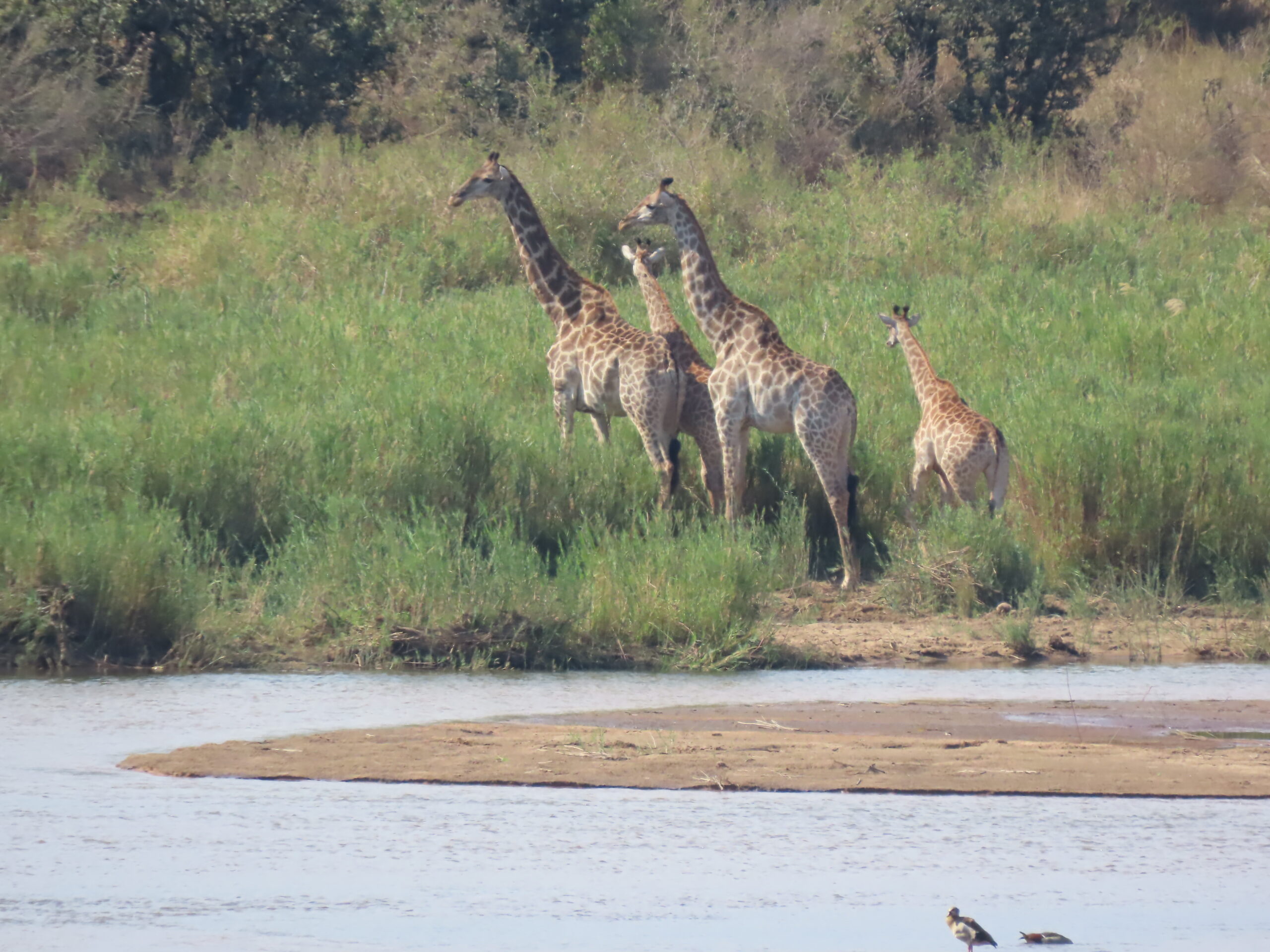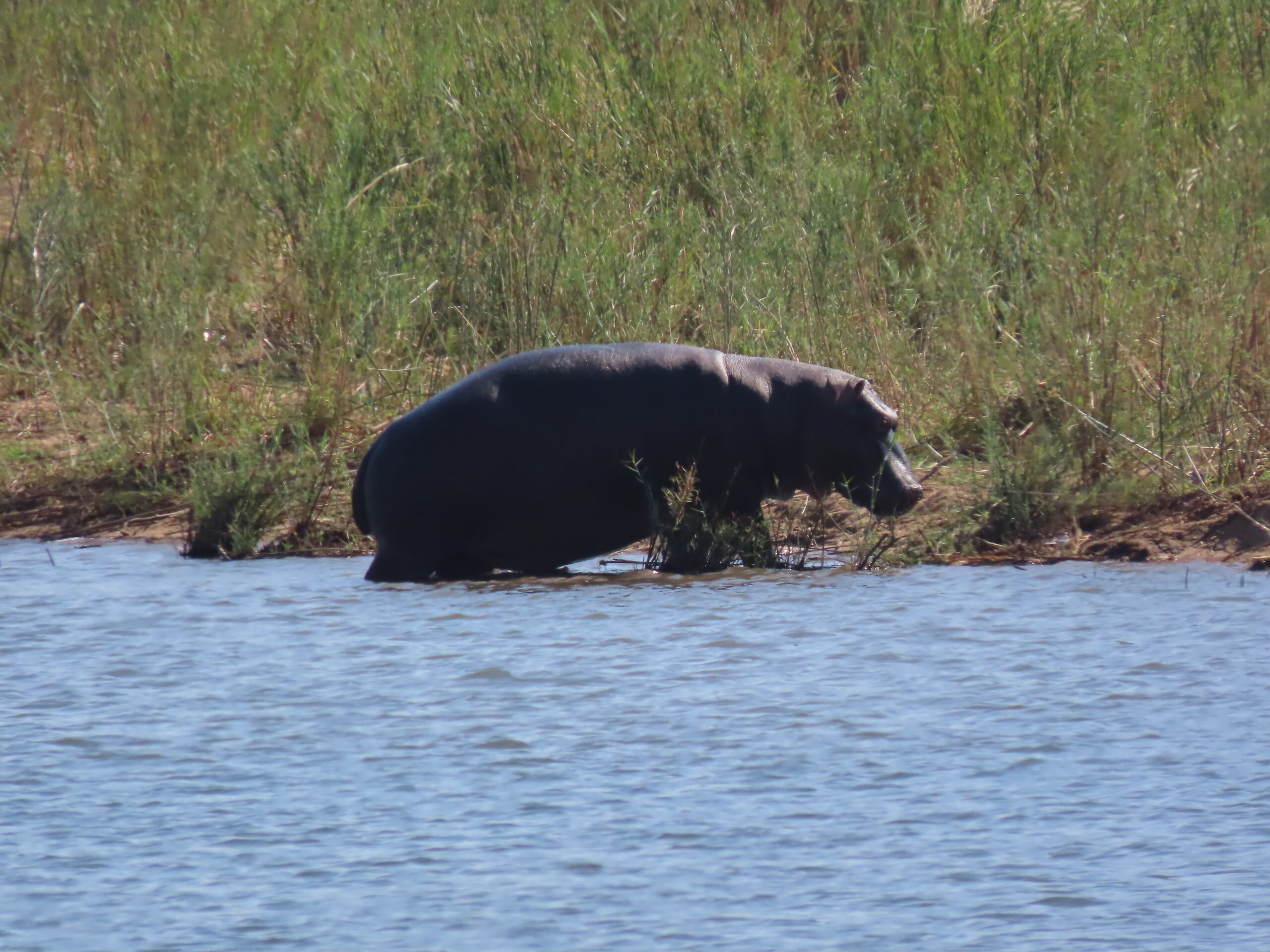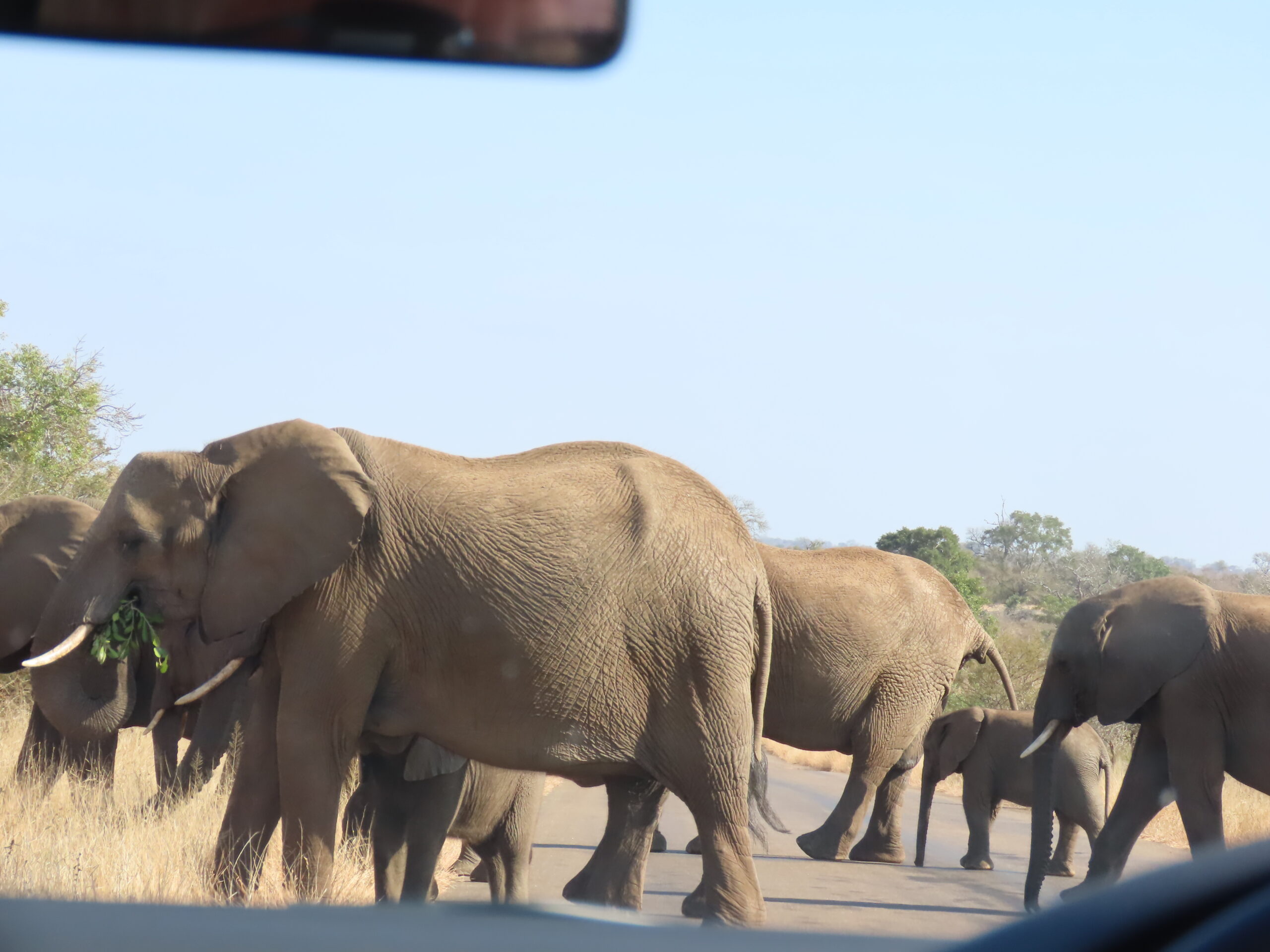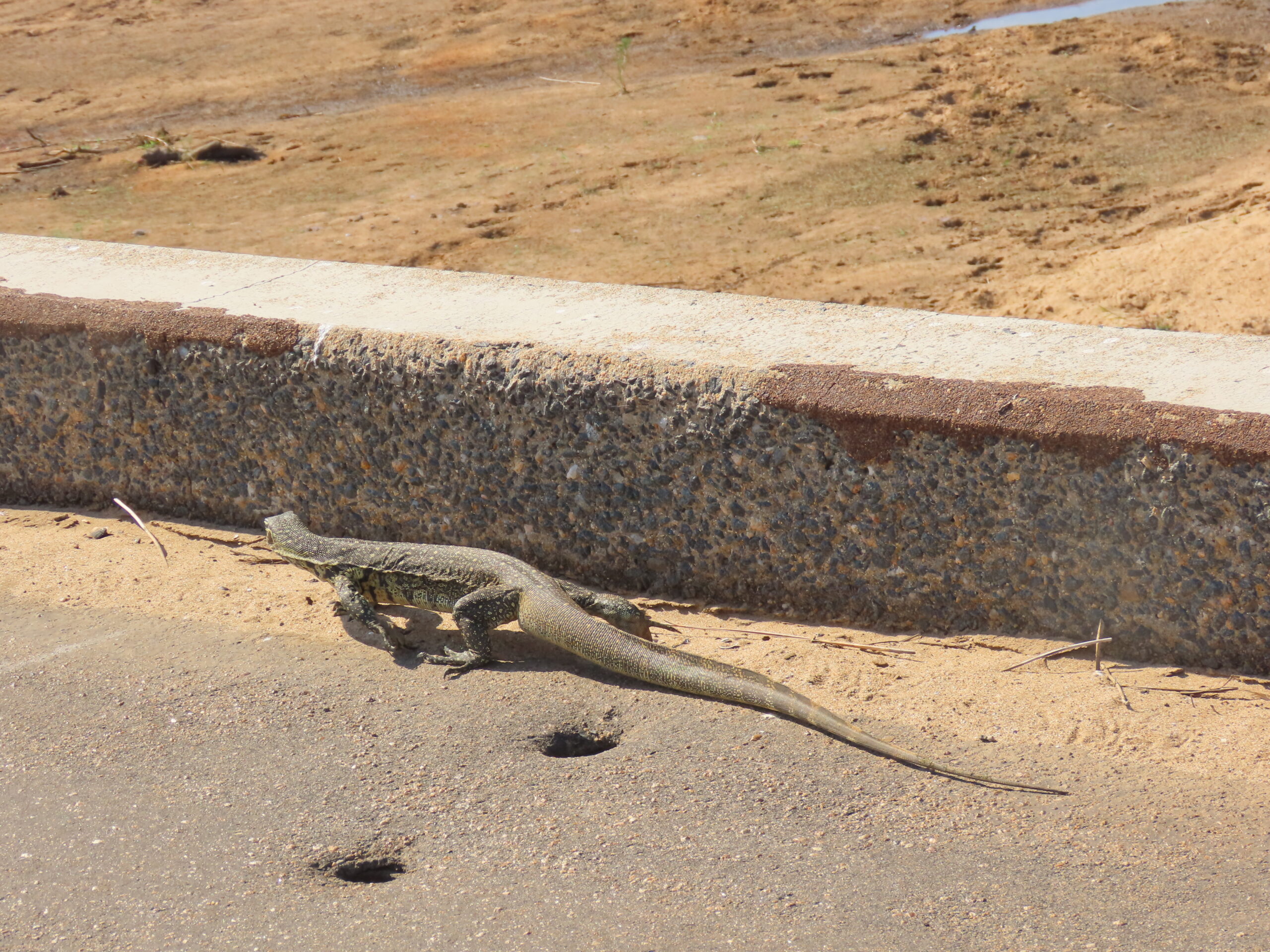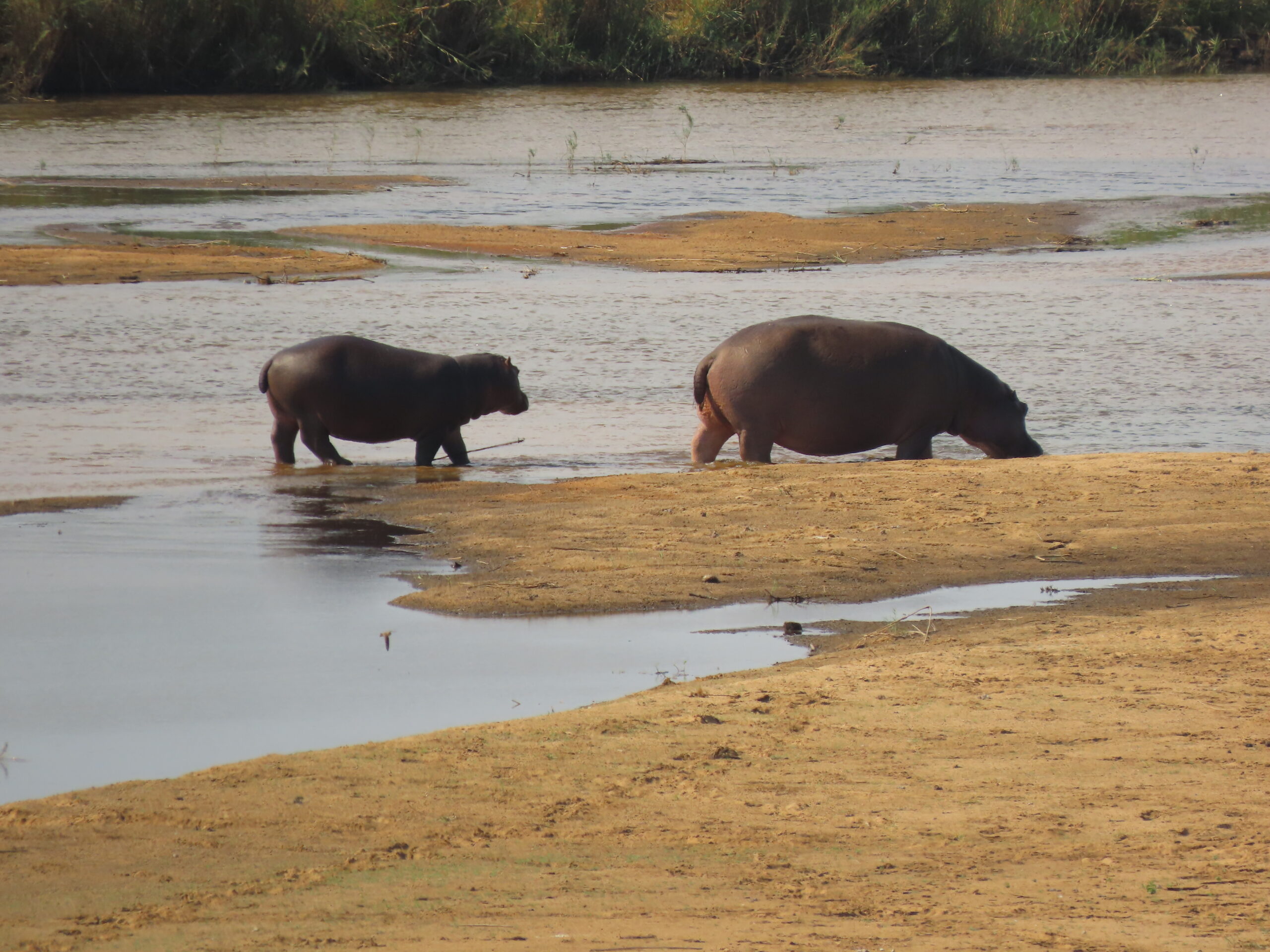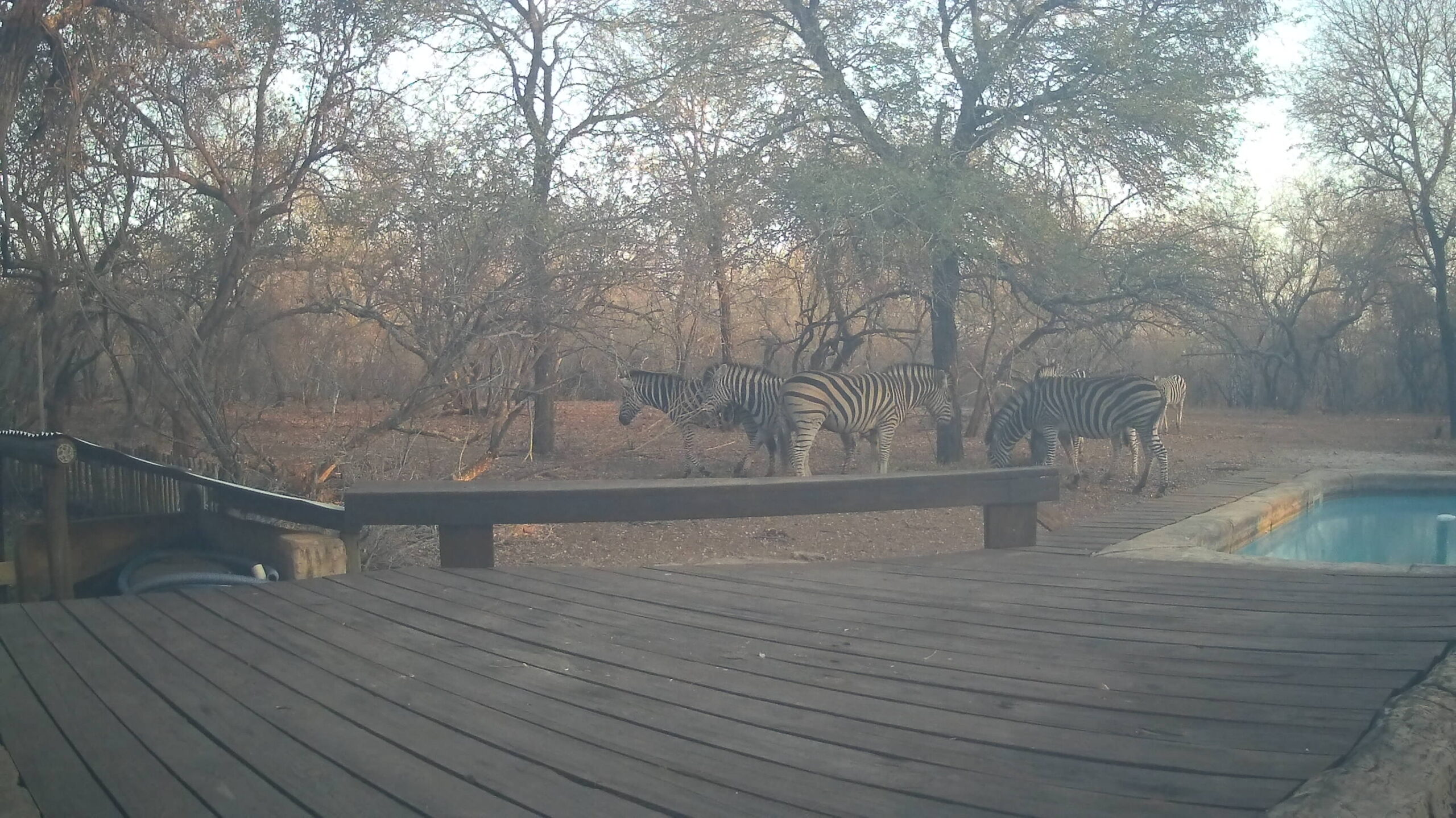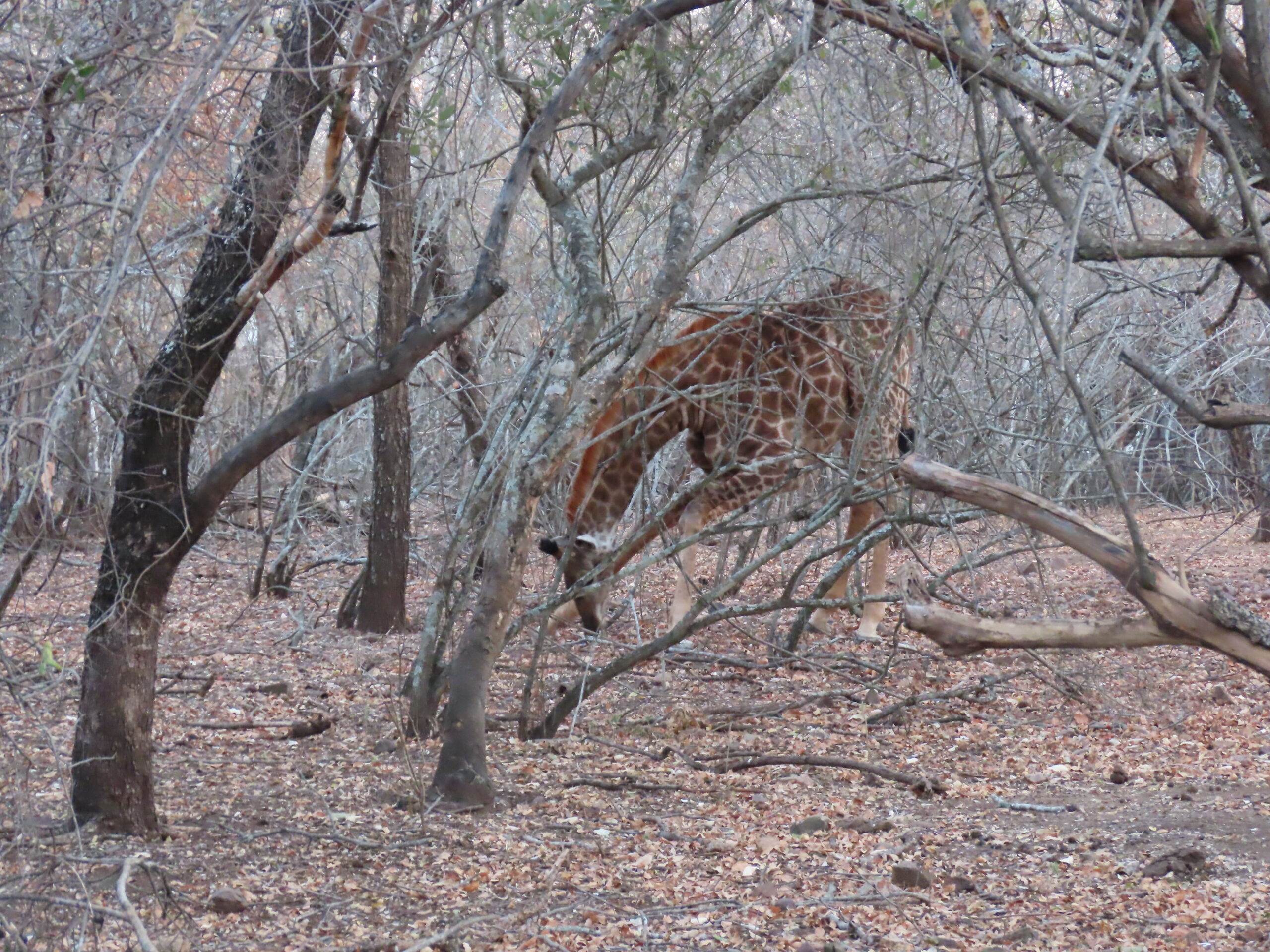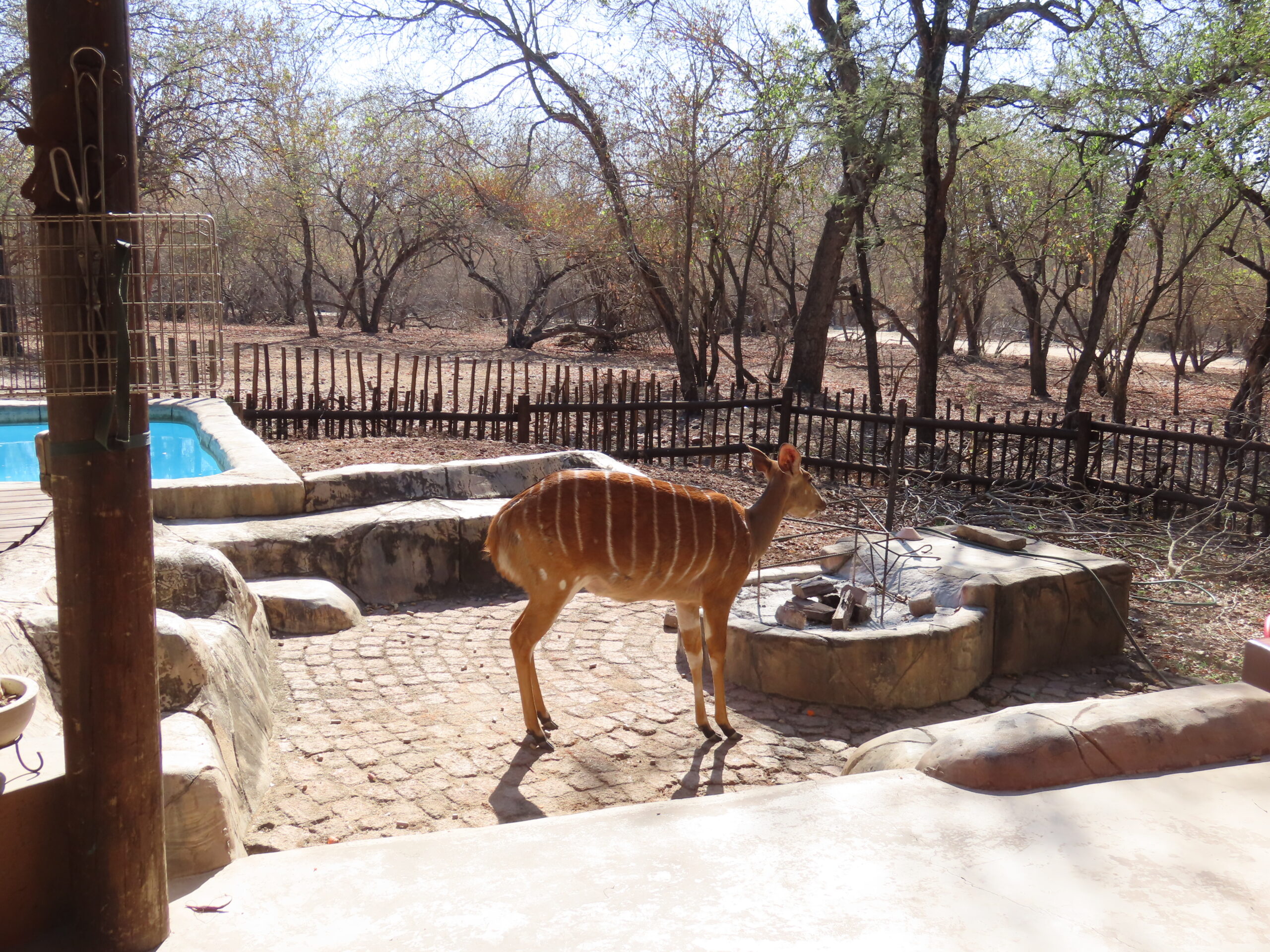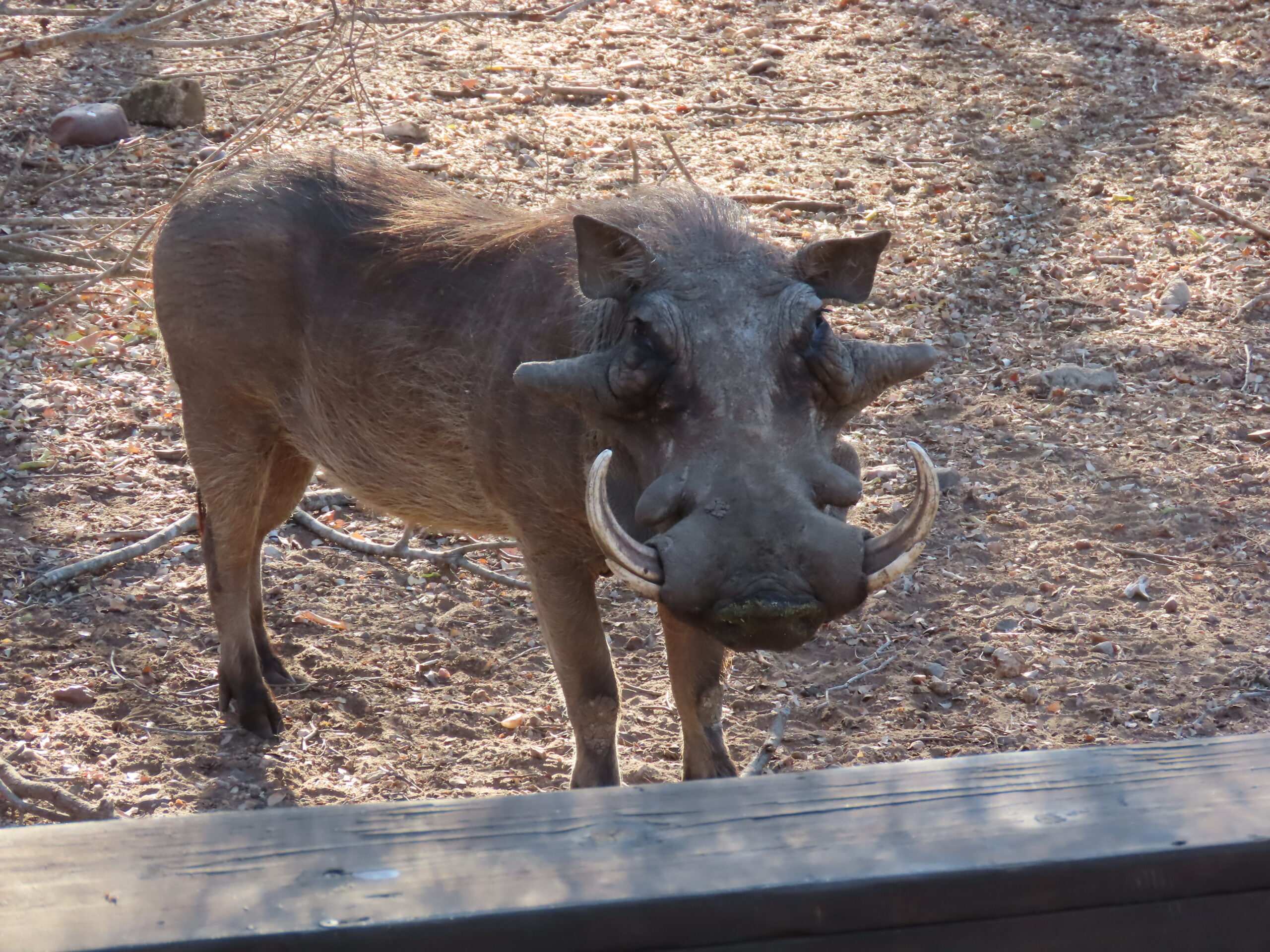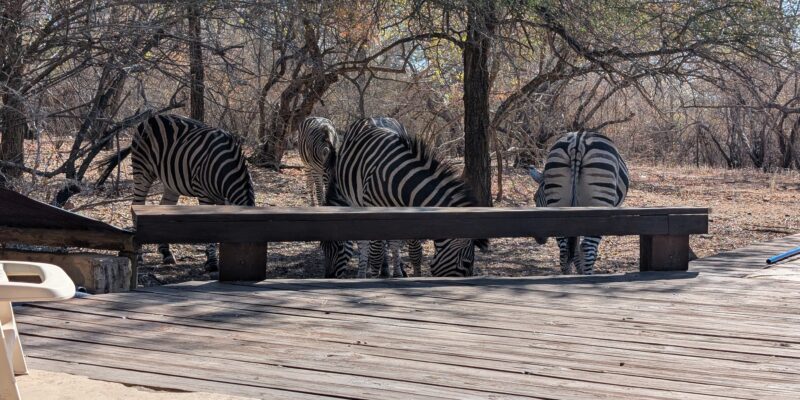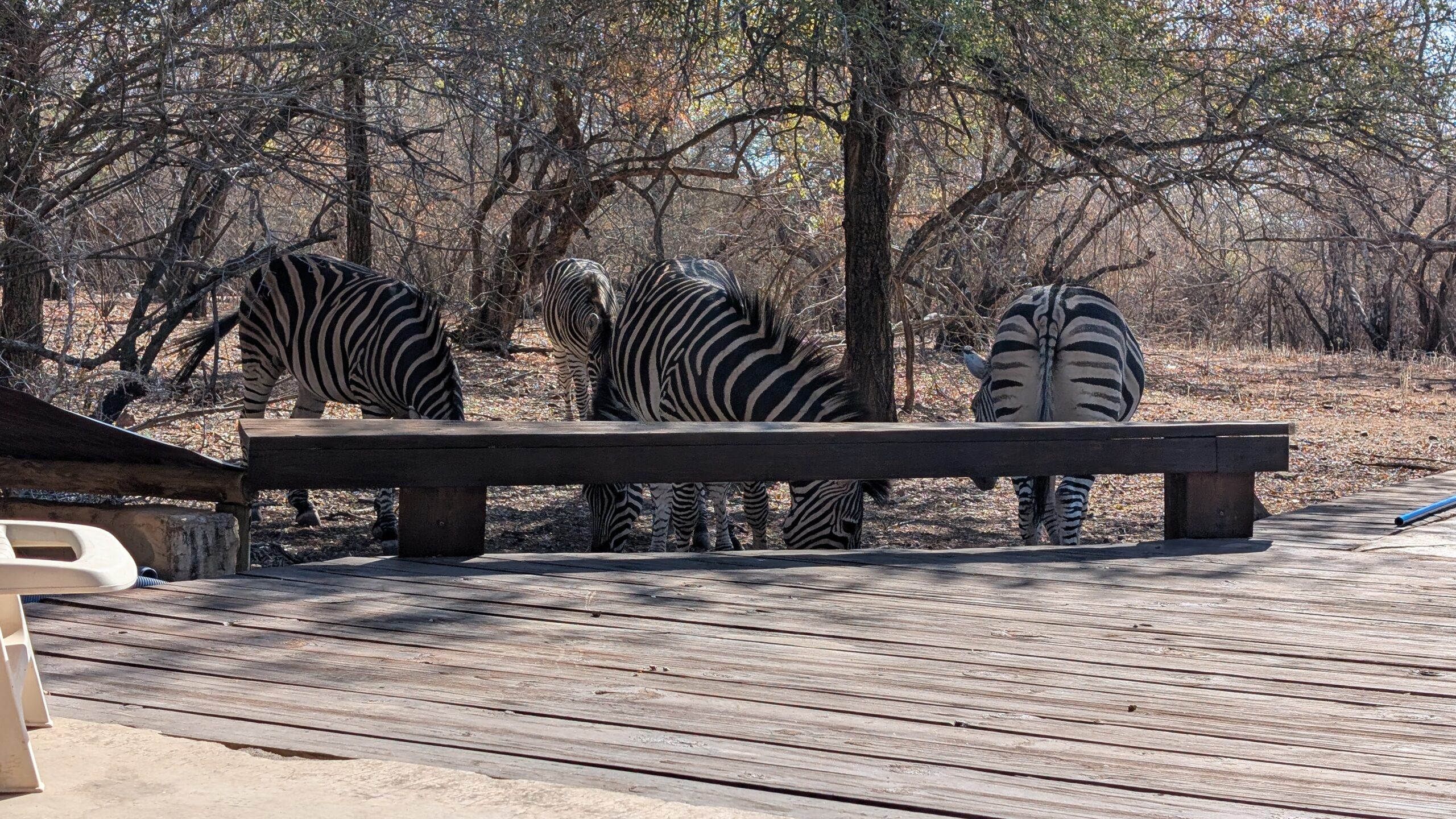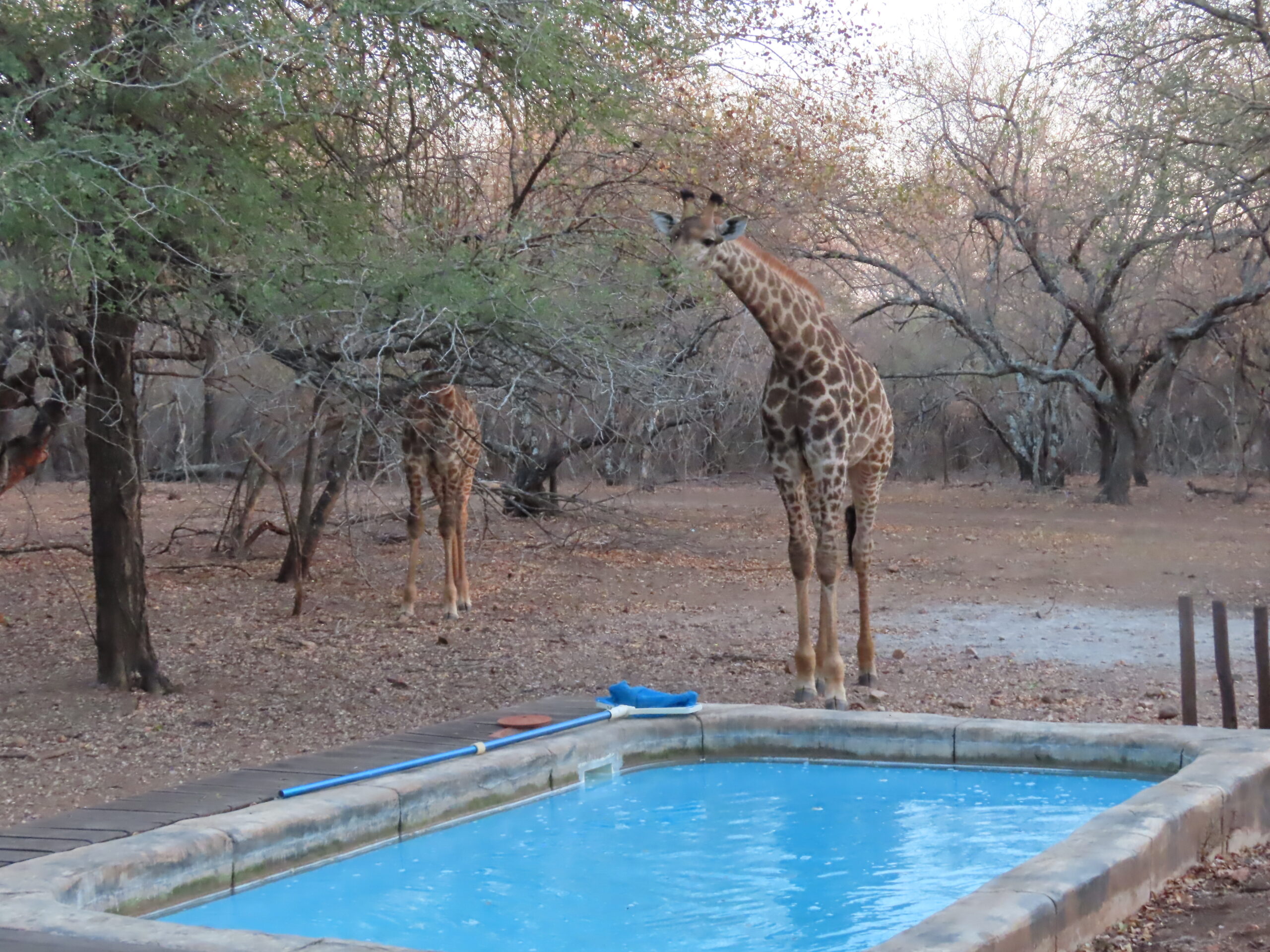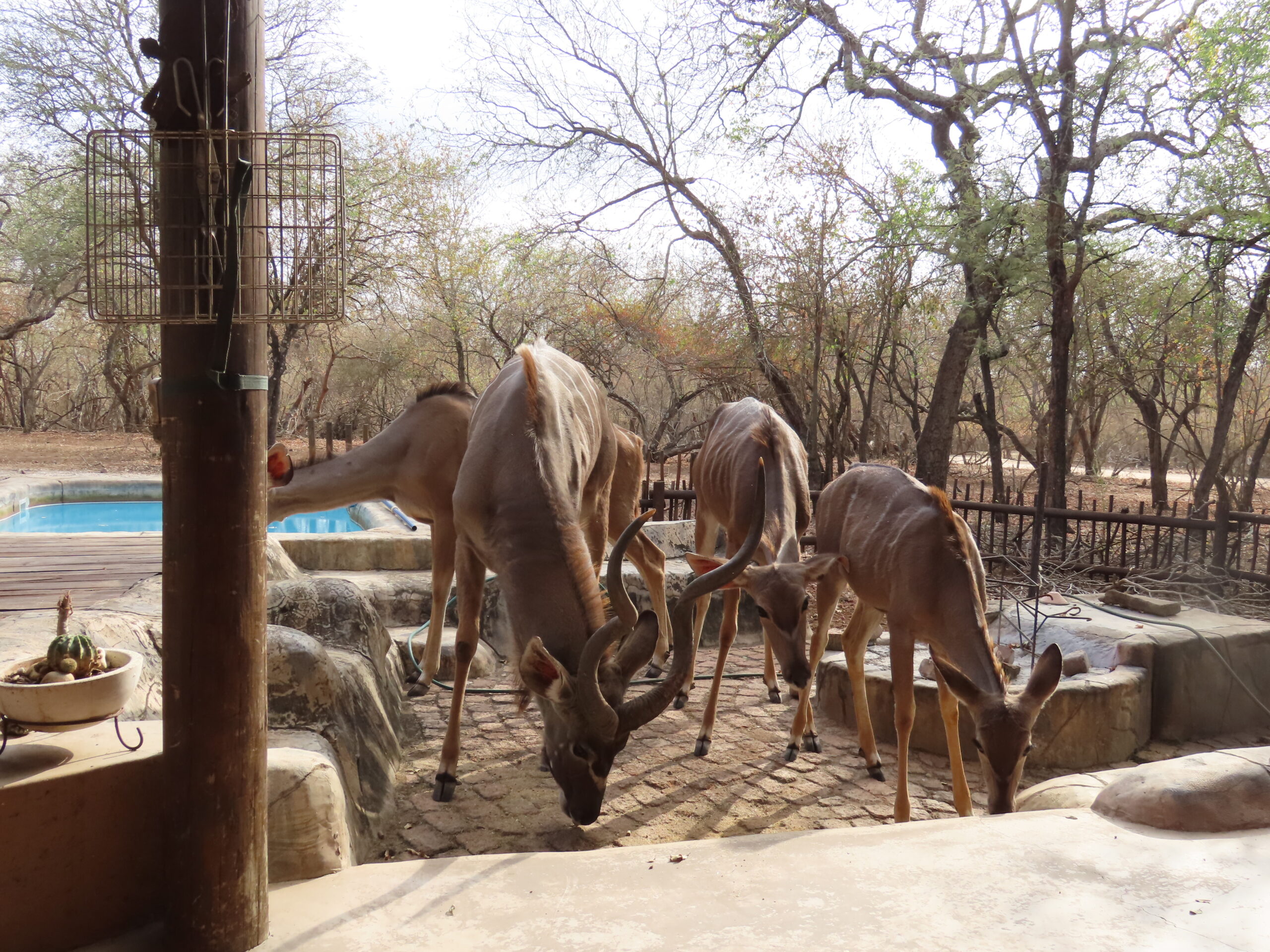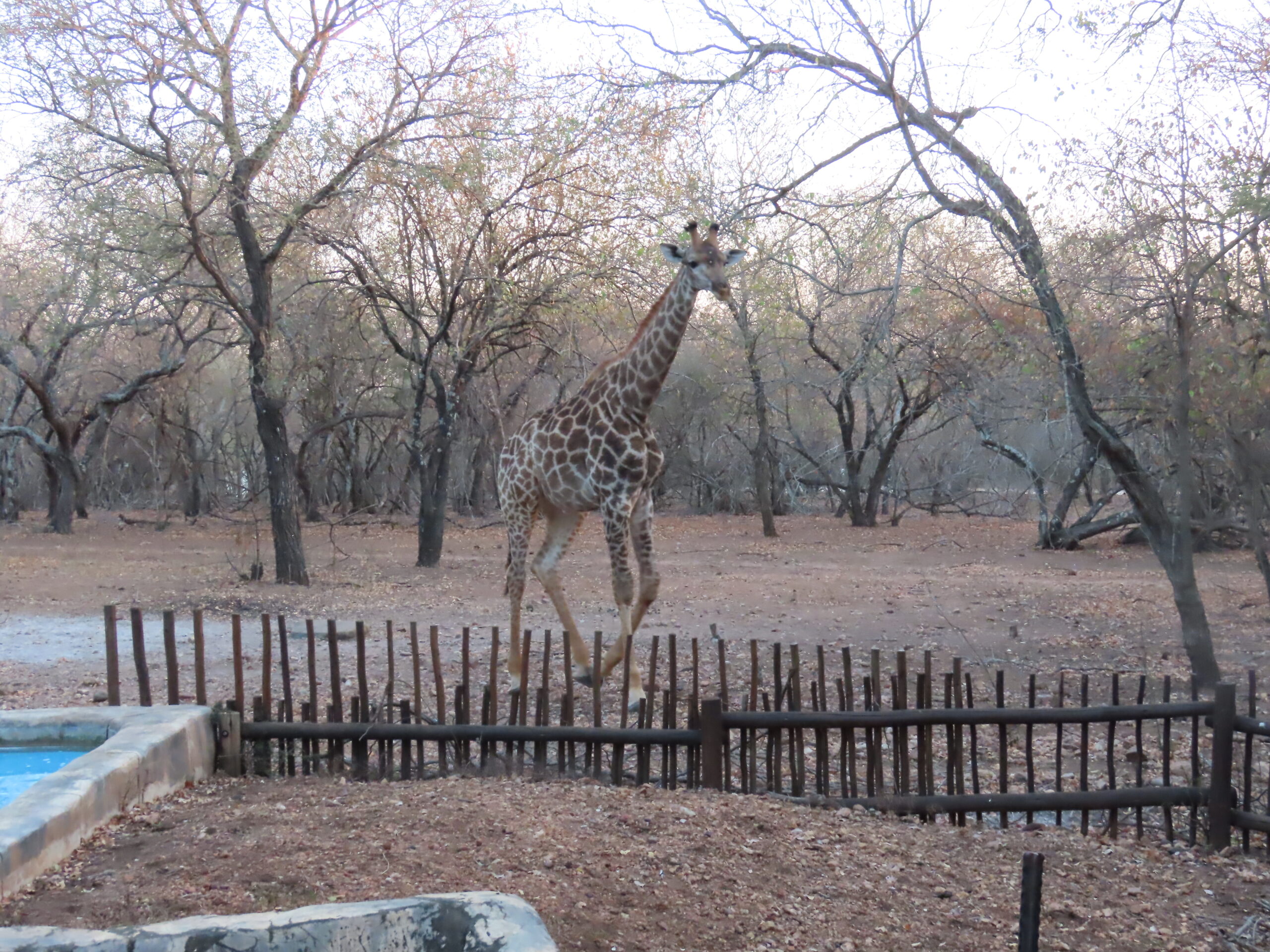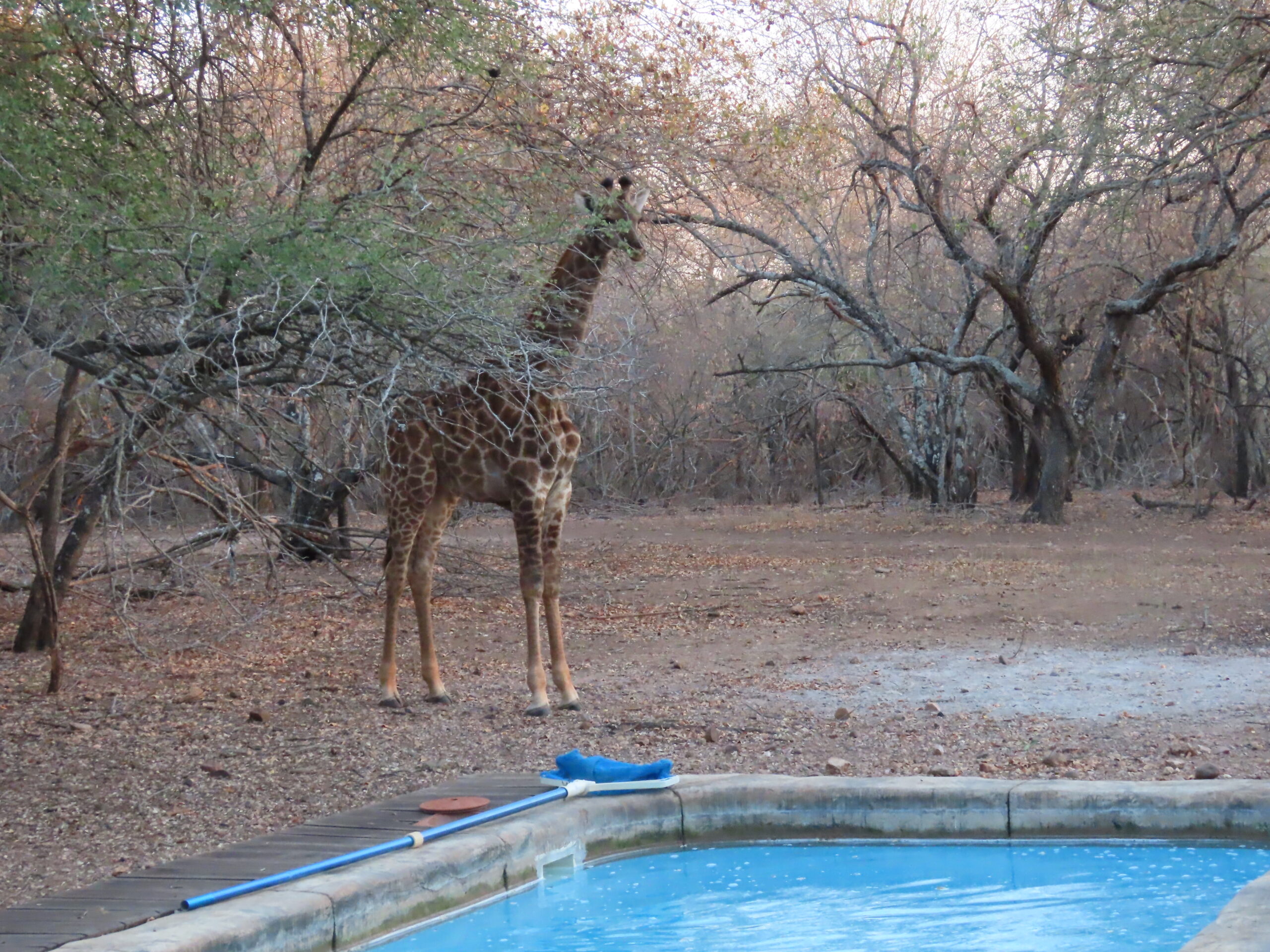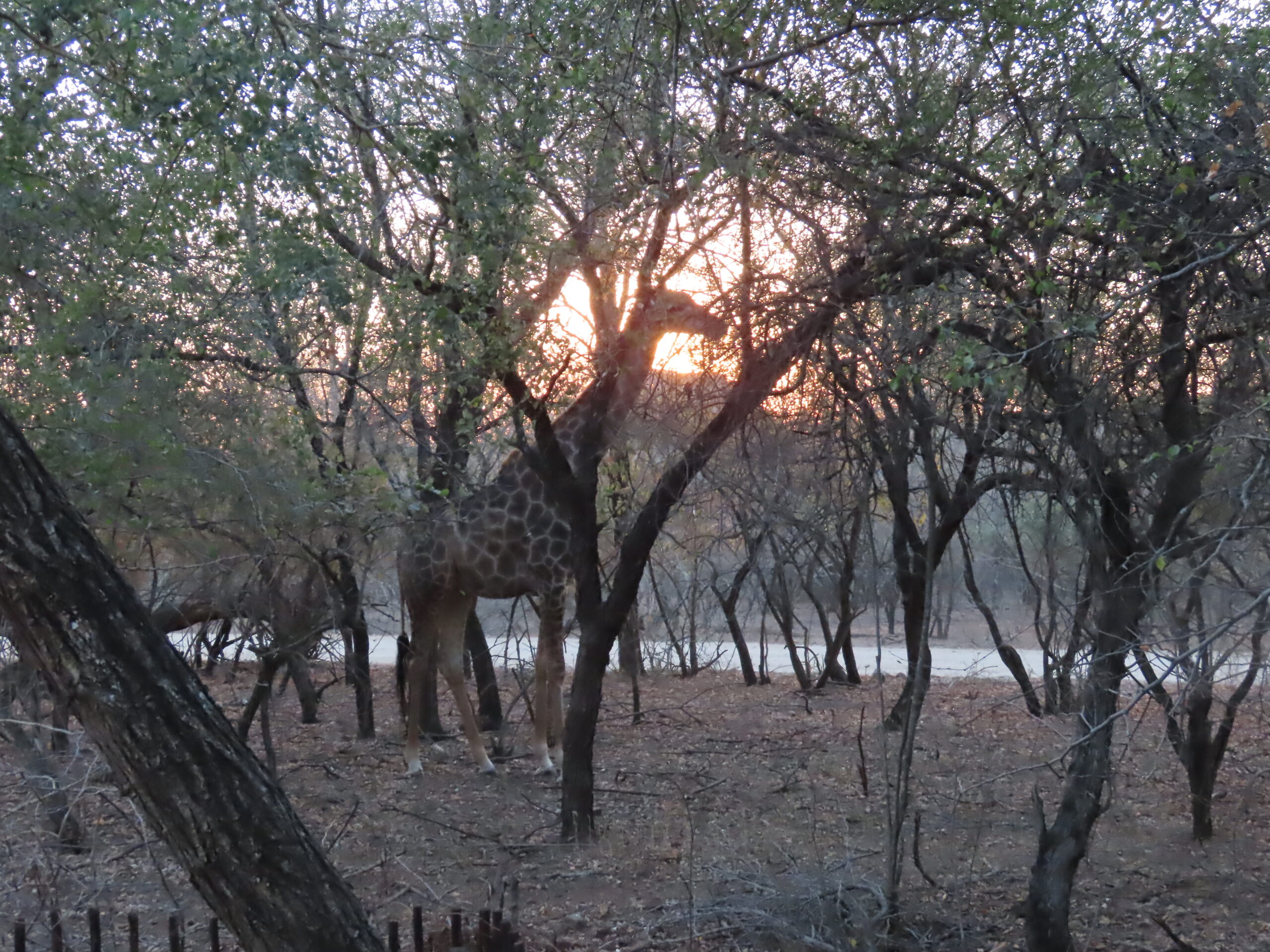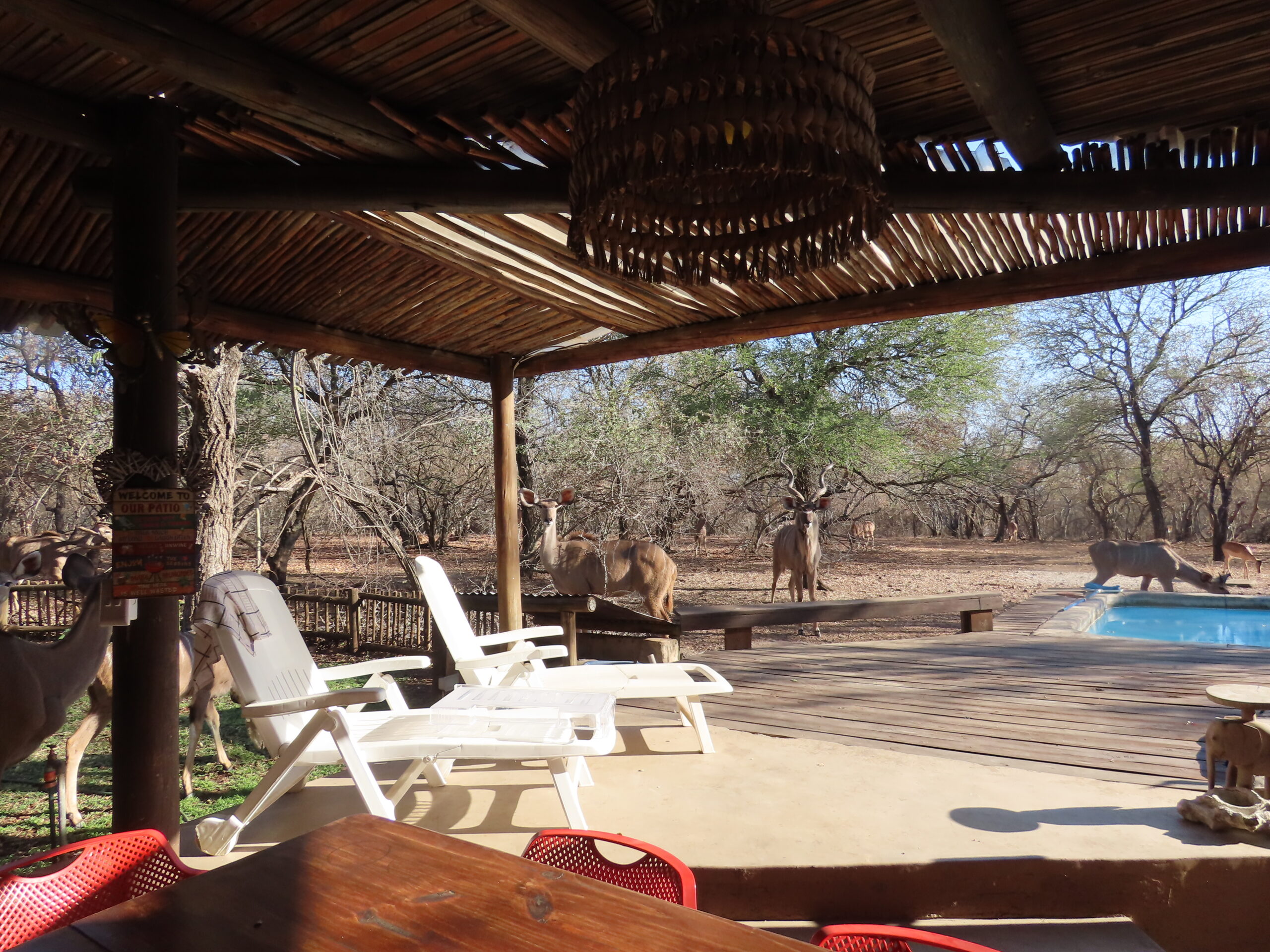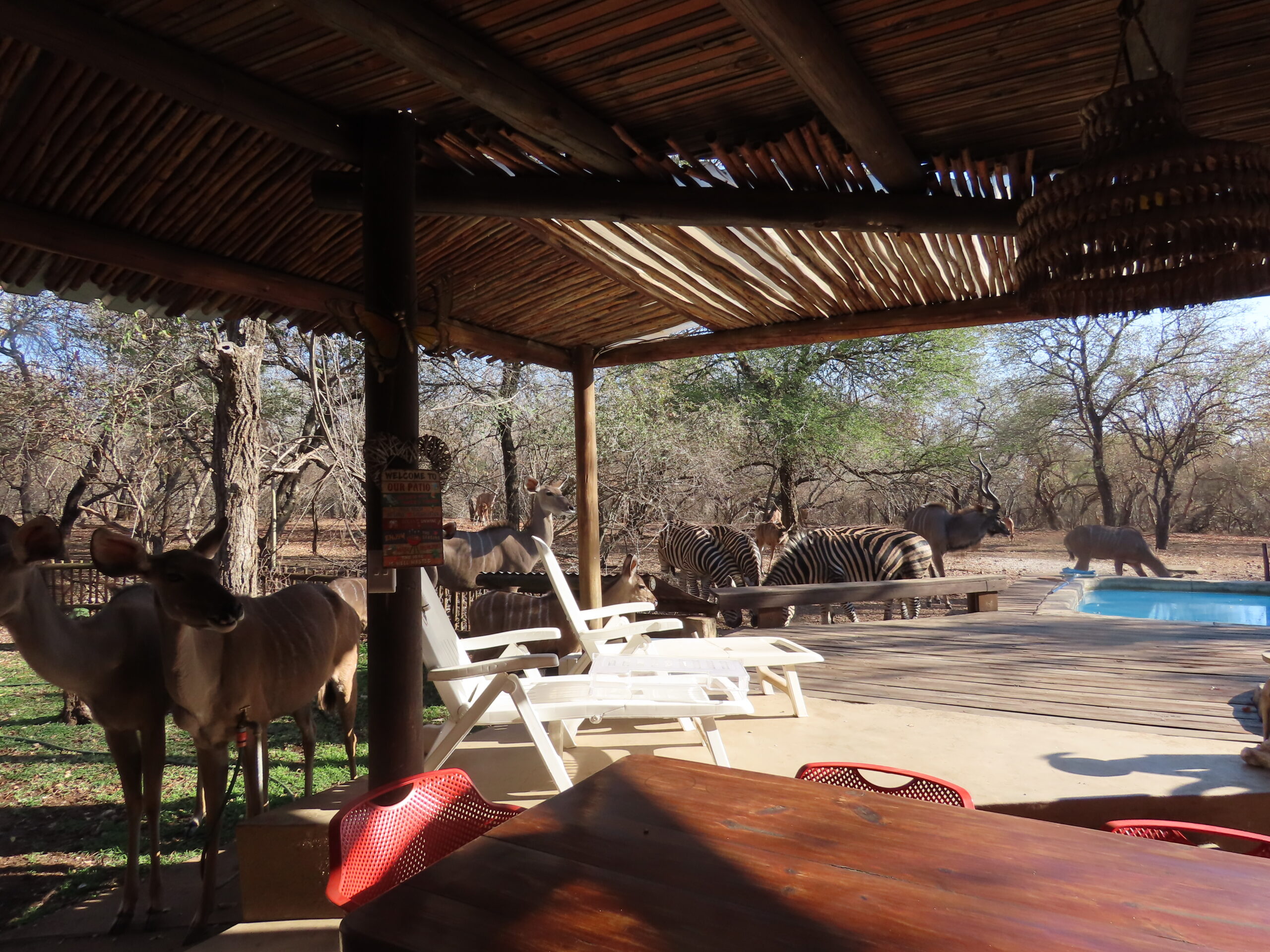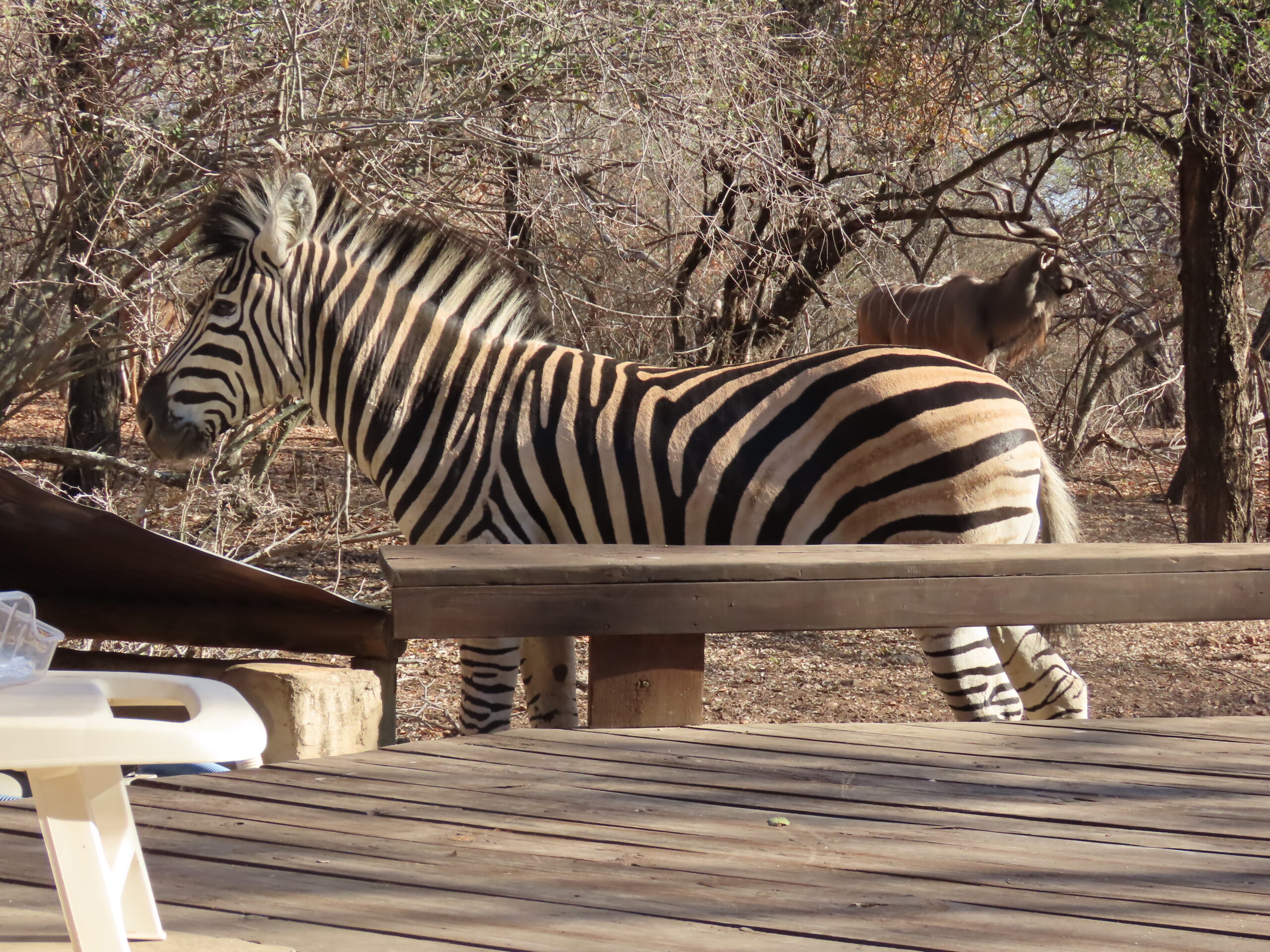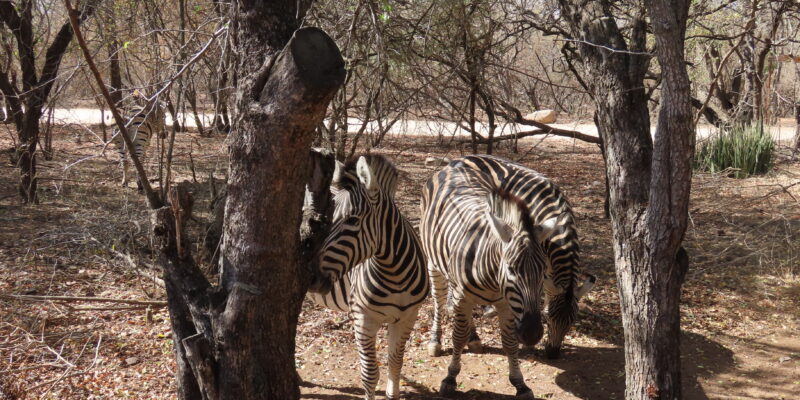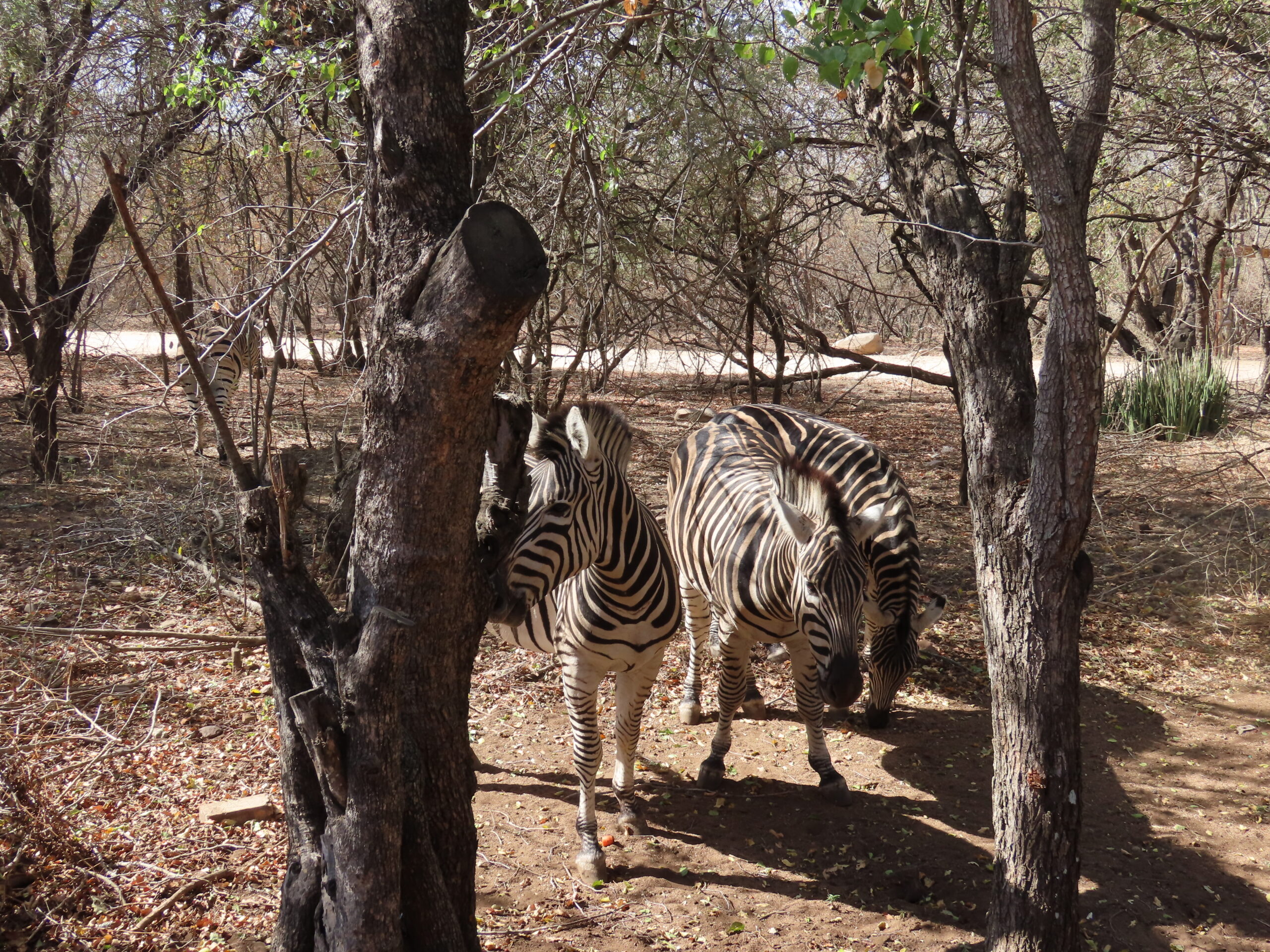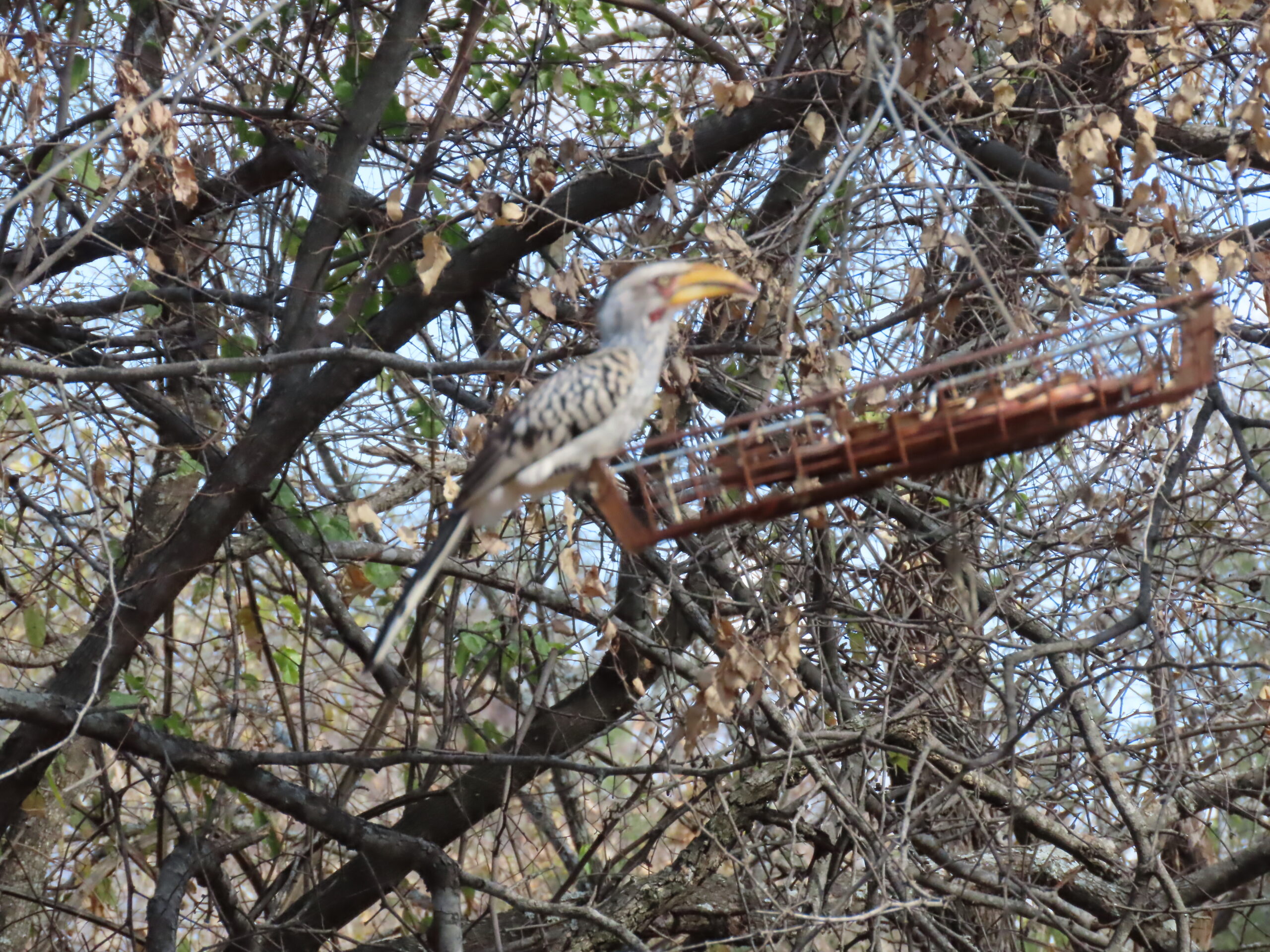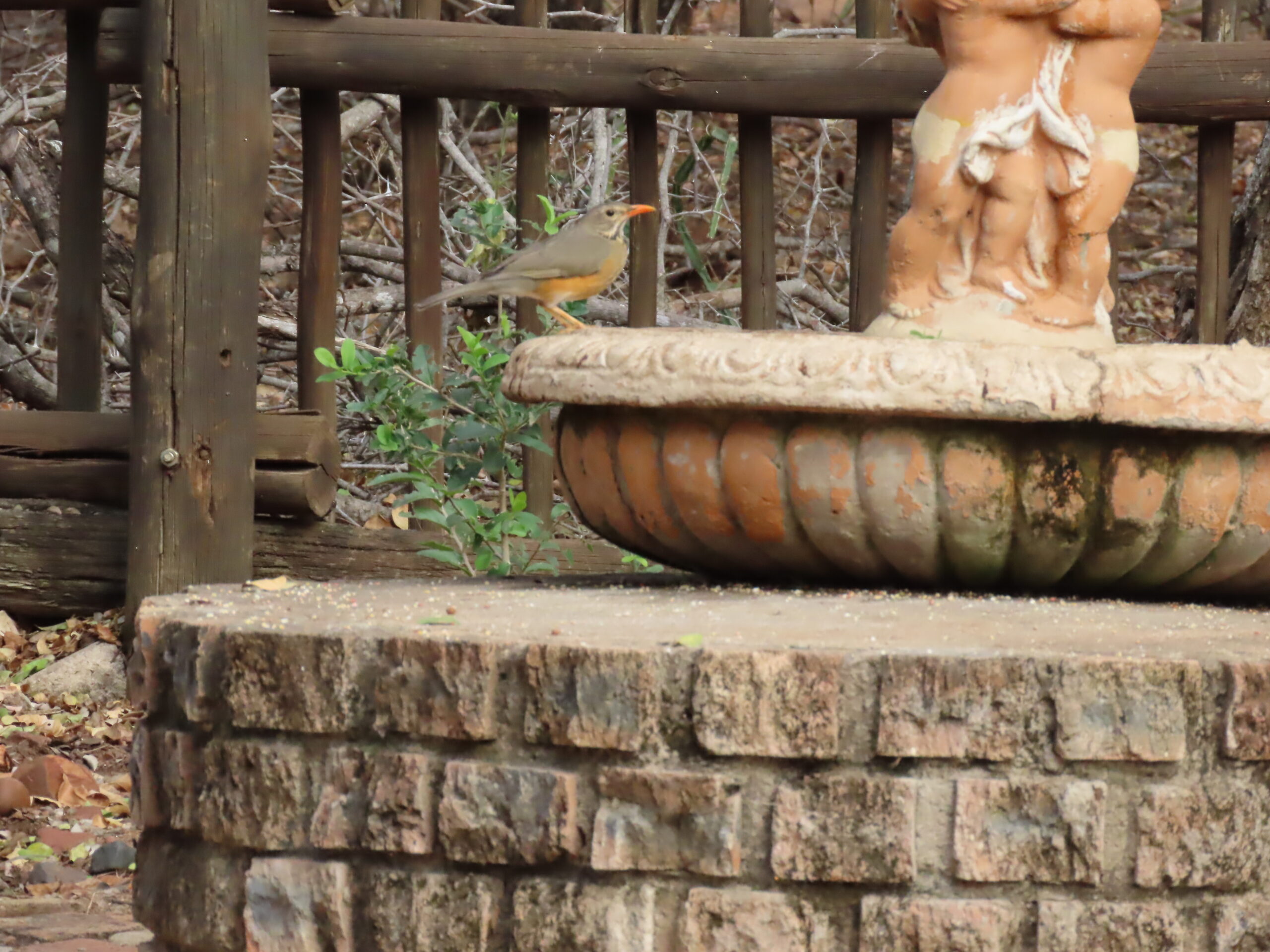
Today, we continue with photos from our fabulous visit to Kruger National Park on Monday. Since Kady and Rich have only used their iPhones to take photos, I loaded all the images I took with my camera onto a flash drive for them to take home. I will add to it as we go along, so they will have the complete record of everything we saw during their 17-day stay.

They have MacBooks (Apple products) and don’t have USB ports, and didn’t bring adapters to load photos. That’s one reason we never opted for Apple products. We prefer to have ports directly on our PC for HDMI, photos, flash drives, and USB plug-ins. It’s interesting how users tend to be either attached to Apple or Windows products, reflecting their personal preferences.
Last night, the four of us had a great time at Quiz Night. We didn’t win, but we placed in the middle of the pack among the eleven tables, each with three to six players. Daphne was the moderator and did an excellent job, but her questions were tough, tough, tough! The six of us in our group didn’t have a chance.

As it turned out, there was only a spread of four points between first and last place. Nonetheless, Kady and Rich loved it and will join us again next week. They enjoyed the ambiance, the people, the laughter, playing the game, and the food. It’s a great way to share one more fun event with our guests.

Today will be a quieter day. We’re staying in for tonight’s dinner, making two well-seasoned flatties (chicken cut down the middle and flattened) with roasted vegetables, baked potatoes, and a huge Greek salad. Most likely, after all of us are done working on our laptops, we’ll play the Five Crowns card game once again.

This morning we had many wildlife visitors in the garden, including Norman’s second son, Nathan. We made sure to provide him with a variety of delicious vegetables, fruit, and pellets, and we expect he’ll return soon. We haven’t seen Norman since our guests arrived, but we hope to see him soon.

Giraffes walked through the garden very early this morning, according to our trail cam, but unfortunately, none of us was up that early after we stayed outside until 1:30 am. When we finally wandered off to bed, I wasn’t able to fall asleep until around 2:30 and awoke at 7:30. I may try for a little nap of about 20 minutes once I finish and upload today’s post.
It’s such a delight to have our friends here. We are enjoying every moment. The time will surely go too quickly, and then they will be gone, taking with them unforgettable memories of their time in the bush. We are grateful to share this adventure with them.
That’s it for today, folks!
Be well.
Photo from ten years ago today, July 2, 2015:




